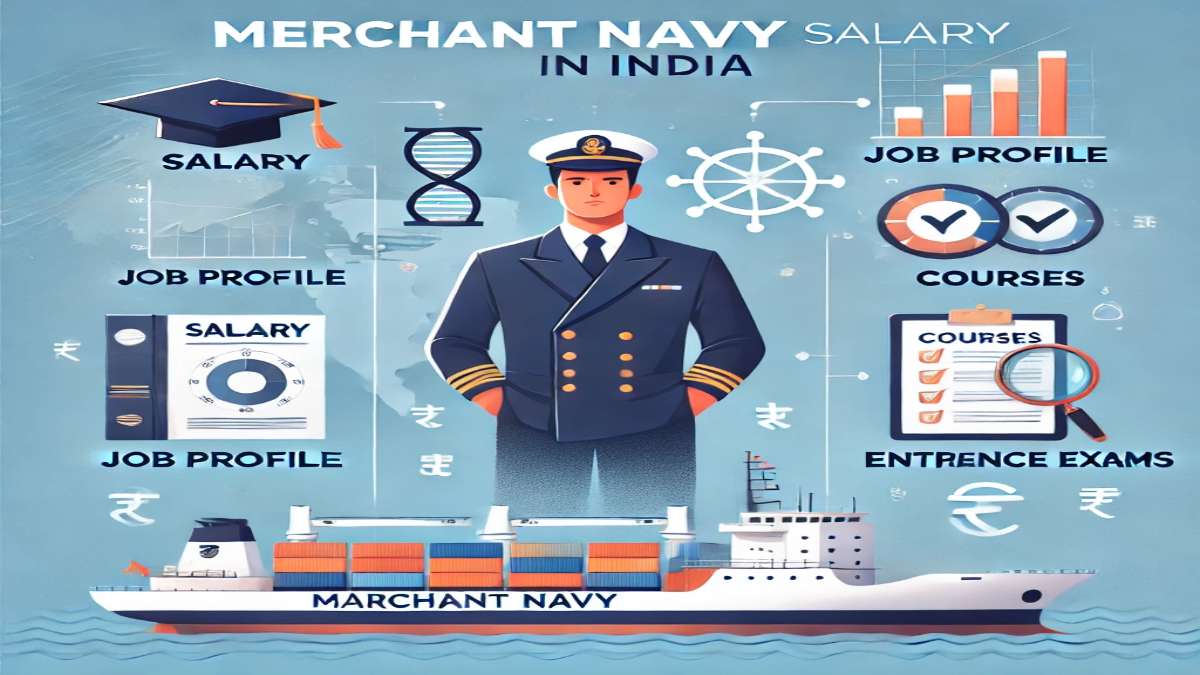Last Updated on October 1, 2018 by Bharat Saini
Inaugural India-U.S. ‘2+2’ Ministerial Dialogue, the new dialogue format that was decided by Indian Prime Minister Narendra Modi and U. S. President Donald Trump in their first meeting in Washington DC in June 2017, has paved the way for signing of COMCASA, Communications Compatibility and Security Agreement, meant to provide a legal framework for the transfer of communication security equipment from the U.S. to India, which will facilitate access to advanced defence systems and enable India to optimally utilise its existing U.S.-origin platforms. Two countries also focused on ensuring maritime freedom and international law in the India-Pacific region and also called on Pakistan to stop terrorist strikes on ‘other countries’.
COMCASA that comes into force immediately and is valid for 10 years will allow the U.S. to transfer specialised equipment for encrypted communications for U.S.-origin platforms like C-17, C-130 and P-8I aircraft.
India’s signing of this landmark defence pact with the United States on Thursday September 6, 2018 will lead to a new generation of bilateral military partnership. It was an inspiring and promising moment reflecting “women power” as the image of two women Ministers Sushma Swaraj and Nirmala Sitharaman that led the Indian side were part and parcel of important agreements with a leading world power that spoke volumes about the capabilities of women in handling high profile jobs. The American delegation was led by Secretary of State Michael R. Pompeo and Secretary of Defence James N. Mattis.
Indian Defence Minister Nirmala Sitharaman announced, “While the text of COMCASA is confidential, we have ensured that we have full access to the relevant equipment and there will be no disruptions. Data acquired through such systems cannot be disclosed or transferred to any person or entity without India’s consent. Both countries will implement this agreement in a manner that is consistent with the national security interests of the other” and added,
“India and the U.S. will also hold a first-ever tri service joint exercise on the east coast of India in 2019.”
Indian Minister of External Affairs Sushma Swaraj sought Secretary Pompeo’s support to nurture people-to-people links, and specifically, conveyed expectation for a non-discriminatory and predictable approach to the H1B visa regime, given its high impact on innovation, competitiveness and people-to-people partnership, all of which are a vital source of strength for relationship, “I have mentioned this to Secretary Pompeo that on the basis of the friendship which exists between President Trump and Prime Minister Modi, Indians believe that America will not work against their interest. I have mentioned him to maintain the trust of Indians”.
India has already signed following two foundational agreements with the U.S., meant to build basic ground work and promote interoperability between militaries by creating common standards and systems. They also guide sale and transfer of high-end technologies.
- GSOMIA: General Security Of Military Information Agreement signed in 2002 that allows sharing of classified information from the U.S. government and American companies with the Indian government and defence Public Sector Undertakings (PSUs) but not with Indian private companies and
- LEMOA: Logistics Exchange Memorandum of Agreement signed in 2016 that gives access, to both countries, to designated military facilities on either side for the purpose of refuelling and replenishment. The agreement primarily covers four areas: Port Calls, Joint Exercises, Training and Humanitarian Assistance and Disaster Relief. Any other requirement has to be agreed upon by both sides on a case-by-case basis.
To further defence innovation, a Memorandum of Intent was signed between the U.S. Defense Innovation Unit (DIU) and the Indian Defence Innovation Organization – Innovation for Defence Excellence (DIO-iDEX), which will look into joint projects for co-production and co-development projects through the Defence Technology and Trade Initiative (DTTI).
They also agreed to start exchanges between the US Naval Forces Central Command (NAVCENT) and the Indian Navy as part of deepening maritime cooperation in the western Indian Ocean.


